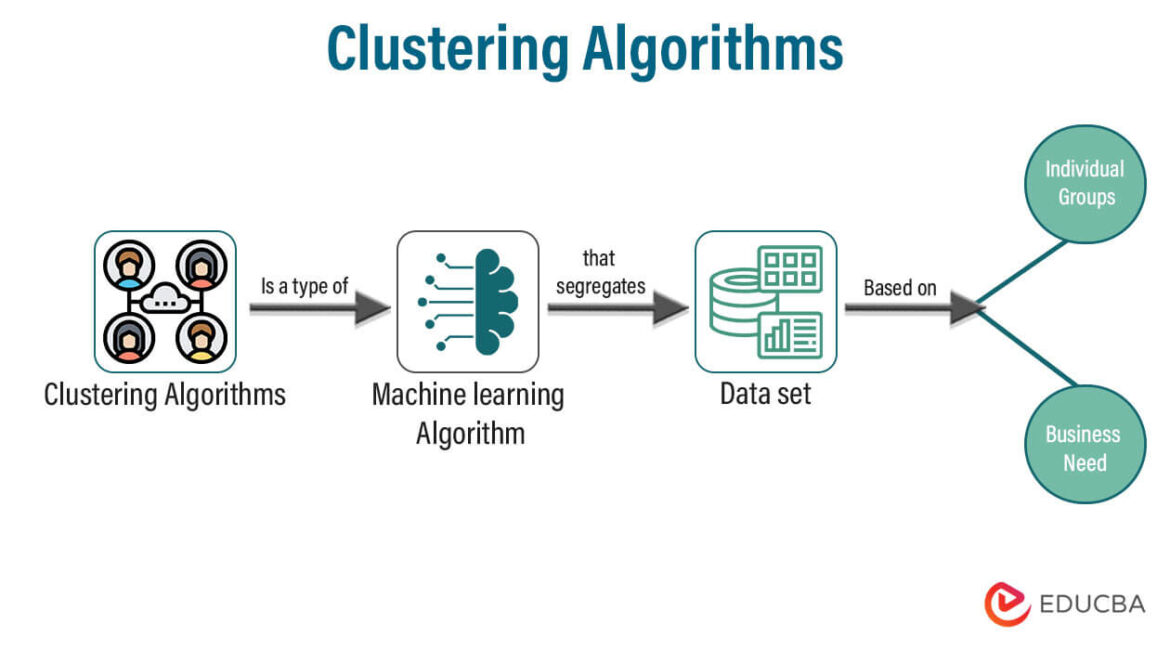Clustering
Introduction
Clustering is a technique used in unsupervised learning to group similar data points together into clusters, with the objective of discovering inherent patterns, structures, or groupings within the data. Unlike supervised learning, where the algorithm learns from labeled data with input-output pairs, clustering algorithms learn from unlabeled data, inferring the natural groupings or clusters based solely on the input features.
Here's why we use clustering:
- Exploratory Data Analysis: Clustering helps in exploring and understanding the underlying structure of the data by revealing natural groupings or patterns that may not be apparent initially. It provides insights into the relationships and similarities among data points.
- Data Preprocessing: Clustering can be used as a preprocessing step for various machine learning tasks. For example, in customer segmentation, clustering can group customers based on similar characteristics, which can then be used for targeted marketing strategies or personalized recommendations.
- Anomaly Detection: Clustering can be used for anomaly detection by identifying data points that do not belong to any of the established clusters. Outliers or anomalies may represent unusual or unexpected behavior in the data and warrant further investigation.
- Feature Engineering: Clustering can aid in feature engineering by creating new features based on the cluster assignments of data points. These cluster-based features may capture important patterns or relationships in the data that can improve the performance of machine learning models.
- Pattern Recognition: Clustering algorithms can uncover latent patterns or structures in the data, which can be useful for pattern recognition tasks such as image segmentation, text clustering, or market basket analysis.
- Data Compression and Visualization: Clustering can reduce the dimensionality of the data by grouping similar data points together, which can be particularly useful for visualizing high-dimensional data in lower-dimensional space. Techniques like Principal Component Analysis (PCA) combined with clustering can help visualize complex datasets.
- Identifying Natural Groupings: Clustering algorithms can identify natural groupings or clusters within the data that may correspond to meaningful categories or classes. This can be valuable for categorizing data points into distinct groups without prior knowledge of class labels.
Overall, clustering is a versatile and powerful tool in data analysis and machine learning, offering insights into the underlying structure of the data, facilitating exploratory analysis, and providing a basis for further analysis and decision-making. It is widely used across various domains, including marketing, finance, biology, and image processing, among others.

